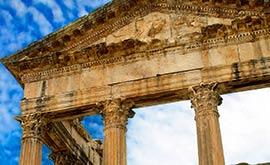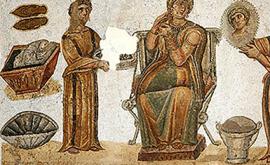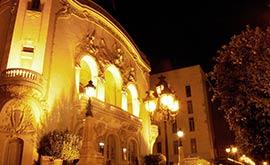Over its history, Tunisia has always walked the fine line between Africa, the East and the West. Medinas, fortresses, Roman remains… seven sites and monuments are UNESCO World Heritage sites, thanks to their cultural value: Carthage, Dougga, El Djem and Kerkouane and the medinas of Tunis, Kairouan and Sousse.
Tunisia has managed to maintain a wonderful balance between its many different influences. Refugees from Andalusia, craftsmen from Italy and Turkish commanders have all left their mark. That’s why Testour’s minarets remind us of Spanish architecture, the ceramics in Kairouan include Ottoman motifs and the tombs of the Beys – the rulers of Tunis – are decorated with marble in the style of the Italians. Similarly, emancipated African slaves are behind a specific musical style known as “stambali”. This cultural richness can also be found in the food, with Berber, Andalusian, Jewish and Italian roots




